Home>Furniture & Design>Living Room Furniture>What Is The Standard Size Of A Recliner
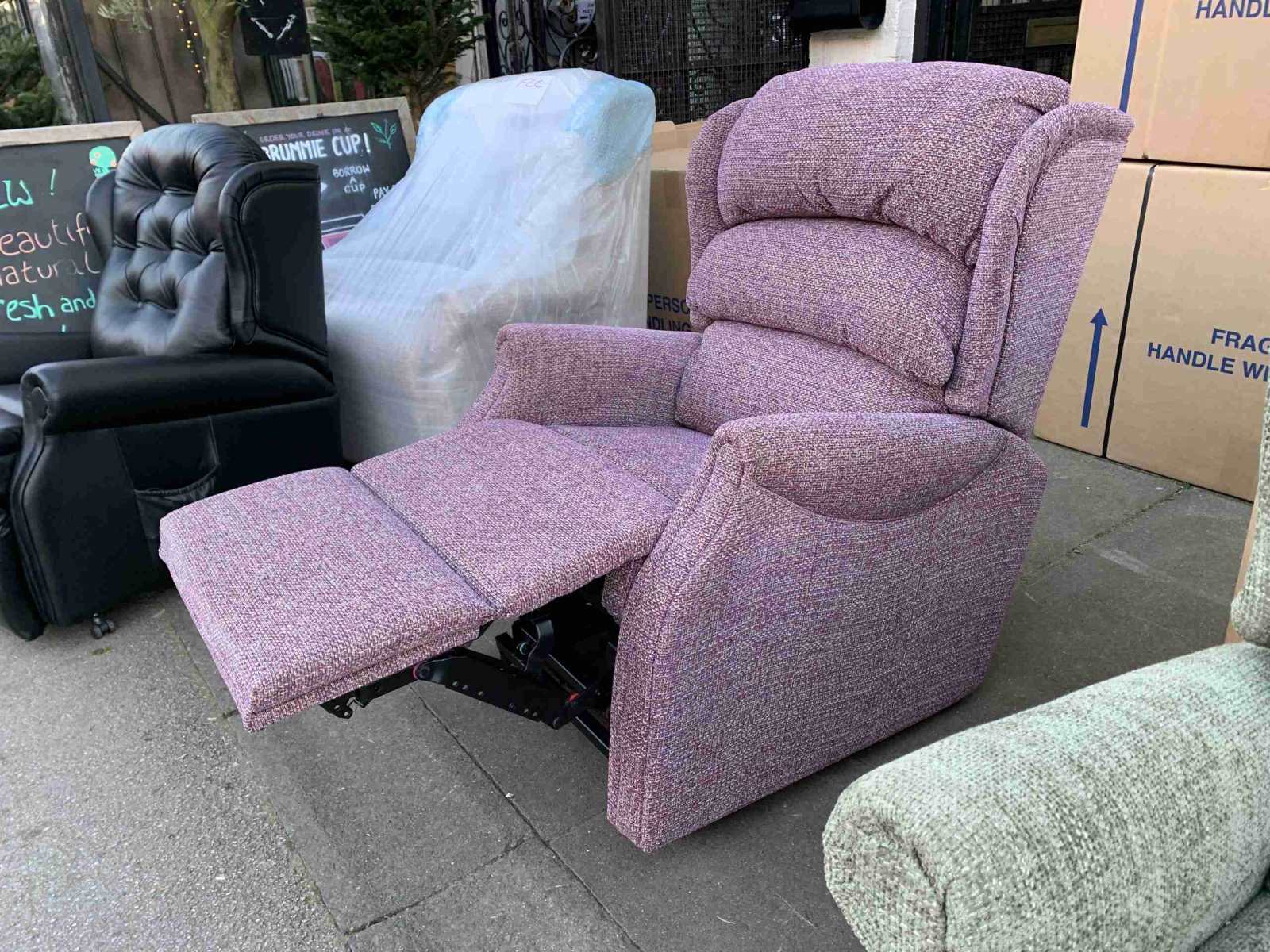

Living Room Furniture
What Is The Standard Size Of A Recliner
Modified: October 18, 2024
Discover the standard size of a recliner and find the perfect fit for your living room with our expert guide. Explore the best living room furniture and design tips.
(Many of the links in this article redirect to a specific reviewed product. Your purchase of these products through affiliate links helps to generate commission for Storables.com, at no extra cost. Learn more)
Introduction
When it comes to creating the perfect living room, the right furniture can make all the difference. Among the essential pieces for relaxation and comfort, a recliner stands out as a popular choice for many households. However, selecting the right size for your recliner is crucial to ensure that it not only fits seamlessly into your space but also provides the level of comfort you desire.
In this comprehensive guide, we will delve into the world of recliner sizes, exploring the factors to consider when choosing the right size, the standard dimensions available, and how to measure for the perfect fit. Whether you are furnishing a cozy apartment or a spacious family room, understanding the nuances of recliner sizes will empower you to make an informed decision and elevate the comfort and aesthetics of your living space. So, let's embark on this journey to discover the standard size of a recliner and unravel the secrets to finding the perfect fit for your home.
Key Takeaways:
- Selecting the right recliner size involves considering room dimensions, user comfort, and design aesthetics to ensure a perfect fit and harmonious living space.
- Measure twice, test in person, and visualize placement to confidently choose a recliner size that maximizes comfort and seamlessly integrates with existing furniture.
Read more: What Is The Standard Refrigerator Size
Factors to Consider When Choosing a Recliner Size
When selecting a recliner, several crucial factors come into play, influencing the ideal size for your living space and personal preferences. Understanding these factors will guide you toward making a well-informed decision:
- Room Size: The dimensions of your living room or the specific area where the recliner will be placed are paramount. A large recliner in a compact space can overwhelm the room, while a small recliner in a spacious area might seem disproportionate.
- Body Size and Comfort: Consider the size and build of the primary user or users. A tall person may require a recliner with a higher backrest, while someone with a larger frame may need a wider seat for optimal comfort.
- Reclining Mechanism: The type of reclining mechanism can affect the space needed behind the recliner. For instance, a wall-hugger recliner is designed to save space by functioning smoothly even when placed near a wall.
- Design Aesthetics: The overall style and design of the recliner should complement the existing décor and furniture in your living room. The size of the recliner should harmonize with the visual balance of the space.
- Accessibility: Consider the ease of maneuvering around the recliner when it is fully extended. Ensure that there is sufficient space for the footrest to open without obstructing walkways or other furniture.
By taking these factors into account, you can narrow down the options and determine the most suitable size for your recliner, ensuring that it integrates seamlessly into your living space while providing the comfort and functionality you desire.
Standard Sizes of Recliners
Recliners come in various sizes to accommodate different body types and spatial requirements. While specific dimensions may vary among manufacturers and models, there are general standards for recliner sizes that can serve as a useful reference when exploring your options:
- Small Recliners: These compact recliners are ideal for smaller living rooms or apartments. They typically have a slimmer profile and are designed to save space without compromising on comfort.
- Standard Recliners: Most commonly found in living rooms, standard-sized recliners offer a comfortable seat width and back height suitable for the average adult. They strike a balance between space-saving design and ample comfort.
- Oversized Recliners: Known for their generous proportions, oversized recliners provide extra room for relaxation. These are perfect for individuals who prefer a more spacious seating area or require additional support for their legs and back.
- Wall-Hugger Recliners: Specifically designed for smaller spaces, wall-hugger recliners optimize space by requiring minimal clearance from the wall behind them. This feature makes them an excellent choice for apartments or cozy living rooms.
- Rocker Recliners: While rocker recliners focus on the rocking motion, they also come in various sizes to accommodate different body types. Some models may offer a wider seat or taller backrest for enhanced comfort.
It’s important to note that these categories provide a general overview, and specific dimensions can vary between manufacturers and individual models. When exploring recliner sizes, pay close attention to the measurements provided by the manufacturer to ensure that the recliner aligns with your spatial and comfort requirements.
Now that we’ve explored the standard sizes of recliners, let’s delve into the crucial process of measuring for the right size recliner to ensure a perfect fit in your living space.
When looking for a standard size recliner, consider the dimensions of 30-36 inches wide, 36-40 inches high, and 38-42 inches deep. This will ensure a comfortable fit in most living spaces.
How to Measure for the Right Size Recliner
Measuring for the right size recliner is a crucial step in the furniture selection process, ensuring that the chosen recliner harmonizes with your living space and provides the desired level of comfort. Here are the essential steps to guide you through this process:
- Available Space: Begin by measuring the area where the recliner will be placed. Take note of the available width, depth, and height to determine the maximum dimensions the recliner can occupy without overwhelming the space.
- Clearance: Consider the space needed for the recliner to fully extend when in the reclined position. Measure the distance required for the footrest to open without obstructing walkways or bumping into other furniture.
- Recliner Dimensions: When exploring recliner options, carefully review the dimensions provided by the manufacturer. Focus on the seat width, seat depth, back height, and overall width to assess how well the recliner will fit within the designated space.
- Doorways and Hallways: If the recliner needs to be maneuvered through doorways or hallways to reach its final placement, measure these passages to ensure that the recliner can be transported and positioned without difficulty.
- Consider the Surroundings: Take into account the proximity of other furniture and the overall layout of the room. Ensure that the chosen recliner size complements the existing furniture and maintains a harmonious visual balance within the space.
By meticulously measuring the available space and considering the specific dimensions of the recliner, you can confidently select a recliner that seamlessly integrates into your living room while providing the comfort and functionality you desire.
Now that we’ve covered the essential steps for measuring the right size recliner, let’s explore some valuable tips for selecting the best recliner size for your space.
Tips for Selecting the Best Recliner Size for Your Space
Choosing the best recliner size for your living space involves a thoughtful consideration of various factors to ensure that the selected recliner not only fits seamlessly into the room but also enhances the overall comfort and aesthetic appeal. Here are some valuable tips to guide you through this process:
- Measure Twice, Purchase Once: Before making a final decision, double-check all measurements to ensure that the chosen recliner will fit comfortably within the designated space without overwhelming the room.
- Consider Customization: Some furniture retailers offer customization options, allowing you to tailor the dimensions of the recliner to better suit your specific spatial and comfort needs.
- Test the Recliner: If possible, test the recliner in person to assess its comfort and size suitability. Pay attention to the seat width, back height, and overall dimensions to ensure a perfect fit.
- Visualize the Placement: Use painter’s tape or cardboard cutouts to outline the dimensions of the recliner on the floor. This visual aid can help you better envision how the recliner will fit within the room’s layout.
- Explore Space-Saving Options: If you have a smaller living room, consider wall-hugger or space-saving recliner designs to maximize comfort without sacrificing valuable floor space.
- Coordinate with Existing Furniture: Ensure that the chosen recliner size complements the existing furniture in terms of scale and style, maintaining a cohesive and visually appealing arrangement within the room.
- Consult with Experts: Seek advice from furniture professionals or interior designers who can provide valuable insights into selecting the right recliner size based on your specific needs and the layout of your living space.
By incorporating these tips into your recliner selection process, you can navigate the myriad of options with confidence, ultimately choosing a recliner size that seamlessly integrates into your living space while elevating your comfort and relaxation experience.
With these valuable tips in mind, you are well-equipped to embark on the journey of selecting the best recliner size for your space, ensuring a harmonious blend of comfort, functionality, and style within your living room.
Read more: What Size Is A Standard Dishwasher
Conclusion
As we conclude our exploration of the standard size of a recliner and the essential considerations for selecting the right fit for your living space, it becomes evident that the dimensions of a recliner play a pivotal role in creating a comfortable and visually appealing environment. By carefully assessing factors such as room size, body dimensions, and design aesthetics, you can make an informed decision that enhances both the functionality and style of your living room.
Understanding the standard sizes of recliners, from compact options for smaller spaces to oversized designs offering ample relaxation, empowers you to explore a diverse range of choices while keeping your specific spatial and comfort requirements in mind. Additionally, the meticulous process of measuring for the right size recliner ensures that the chosen piece seamlessly integrates into your living space, offering optimal comfort and functionality.
By embracing valuable tips such as testing the recliner in person, visualizing its placement, and coordinating with existing furniture, you can navigate the selection process with confidence, ultimately choosing a recliner size that not only fits harmoniously within your space but also elevates your relaxation experience.
As you embark on the journey of furnishing your living room with the perfect recliner, remember that the right size goes beyond mere dimensions – it encapsulates comfort, style, and the seamless integration of furniture within your home. With these insights, you are well-prepared to embark on this exciting endeavor, creating a space where comfort and aesthetics coexist in perfect harmony.
Frequently Asked Questions about What Is The Standard Size Of A Recliner
Was this page helpful?
At Storables.com, we guarantee accurate and reliable information. Our content, validated by Expert Board Contributors, is crafted following stringent Editorial Policies. We're committed to providing you with well-researched, expert-backed insights for all your informational needs.
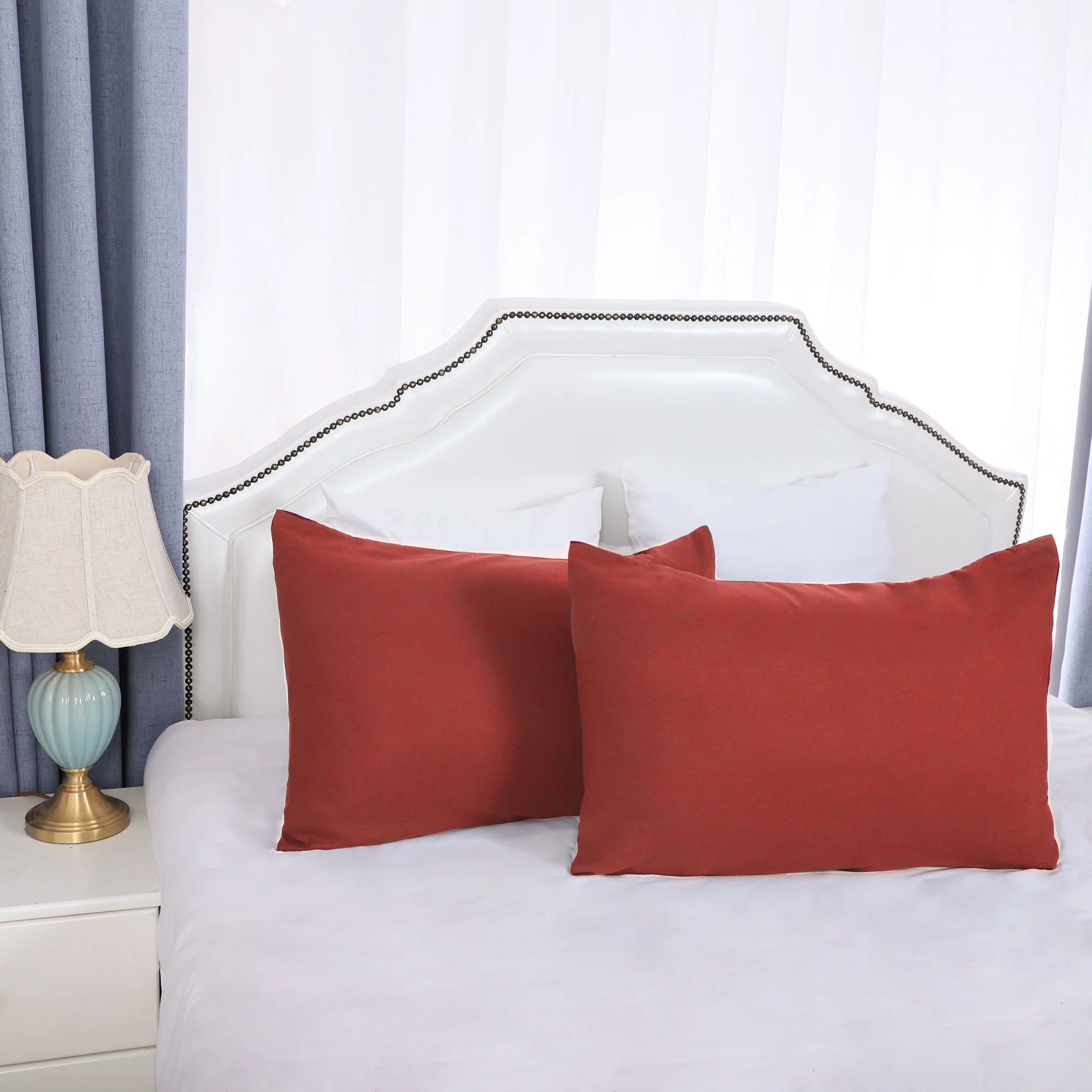


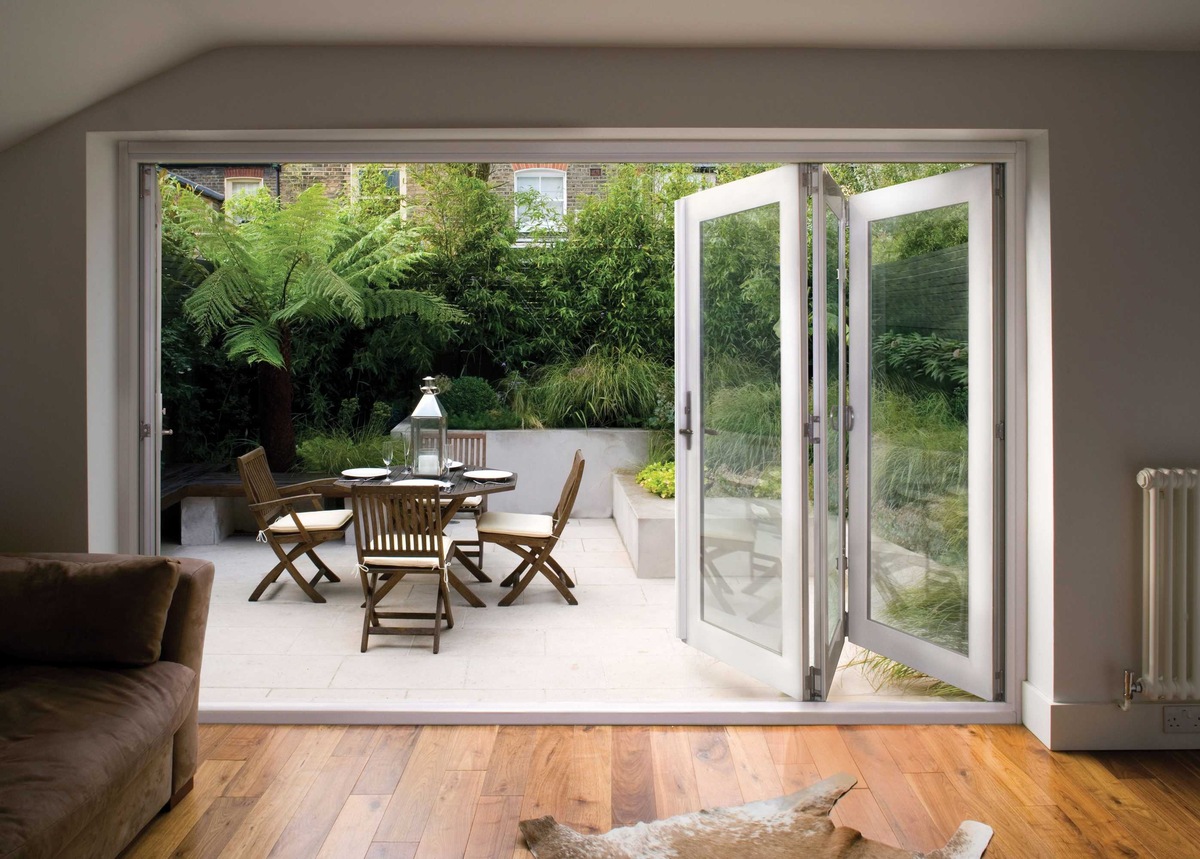

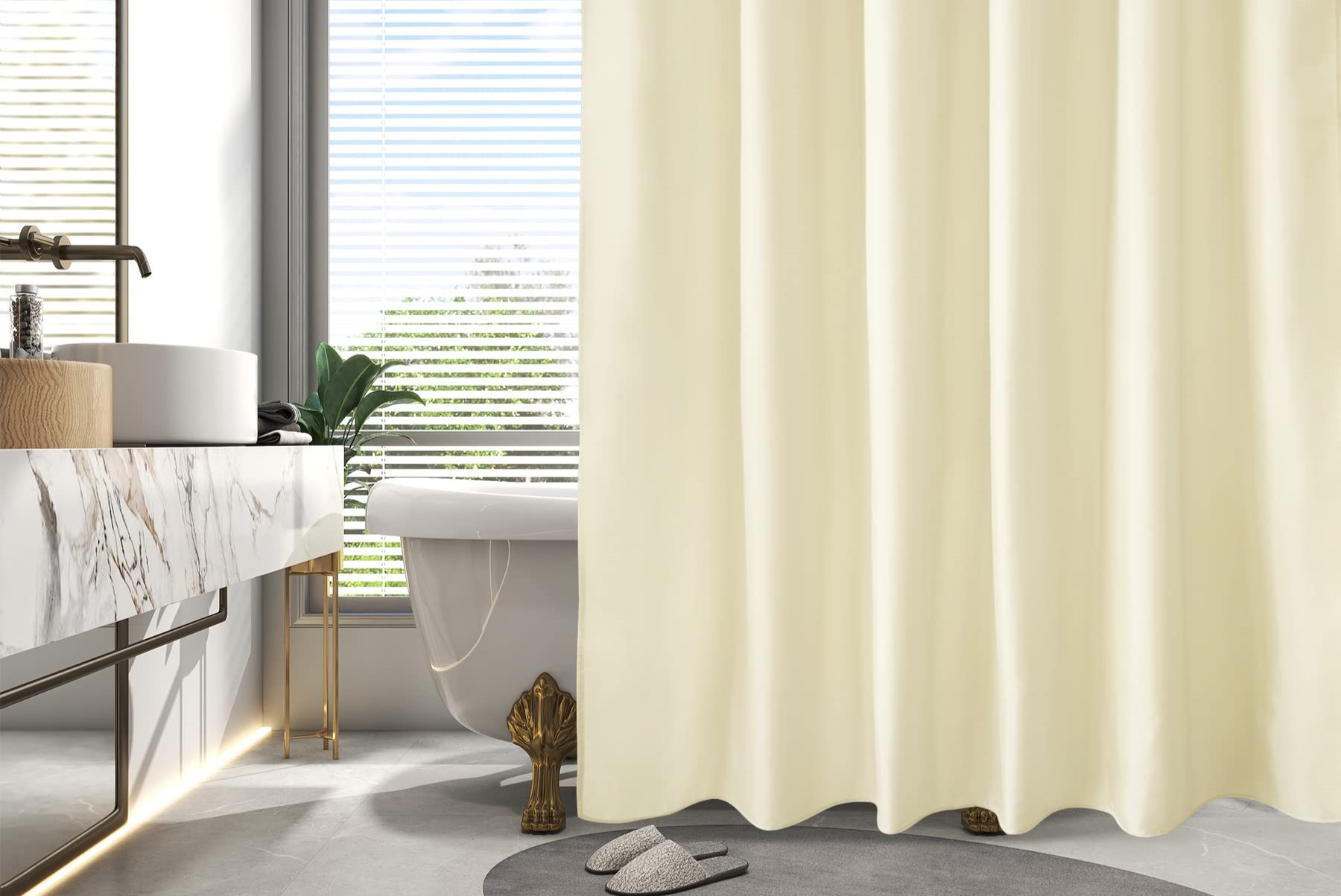

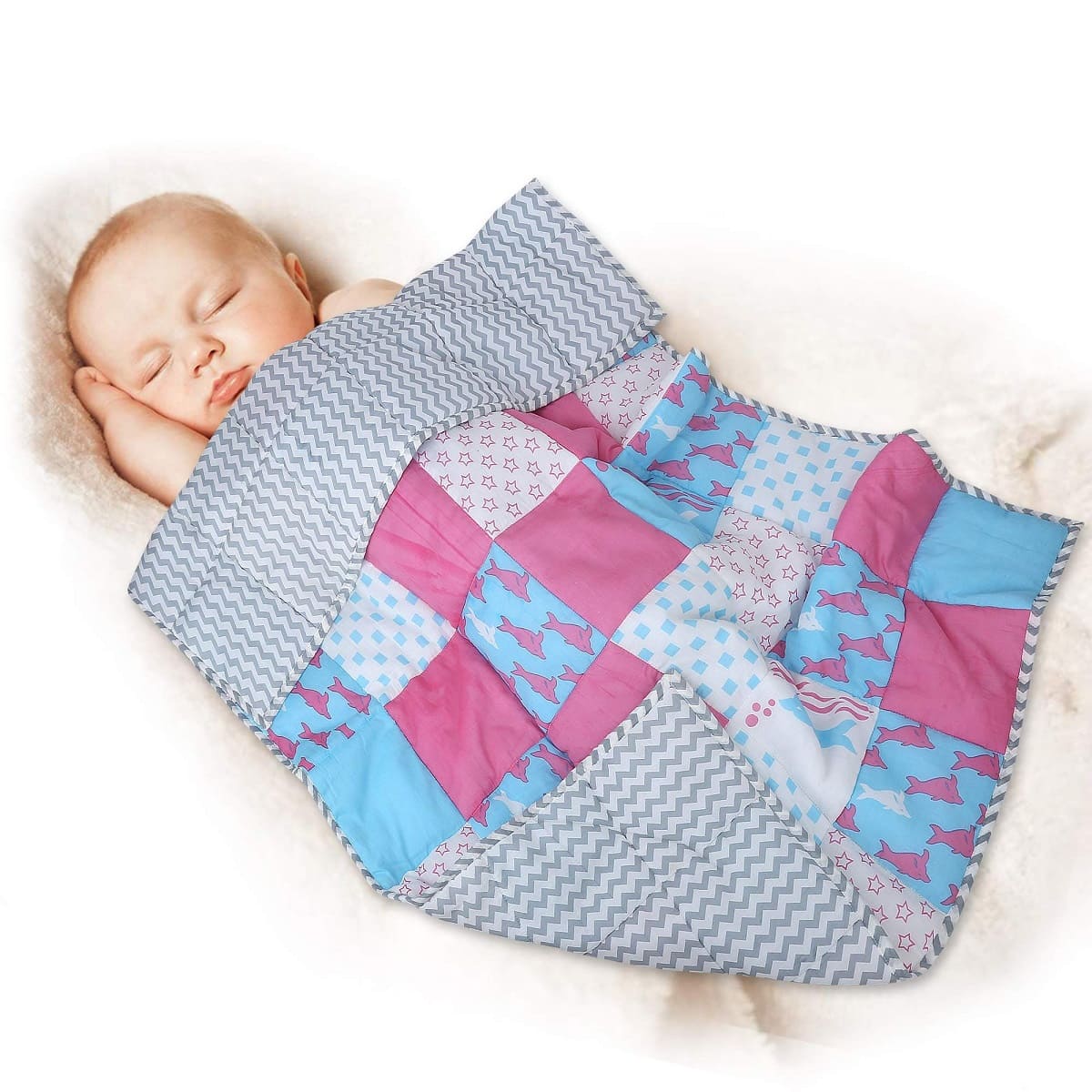
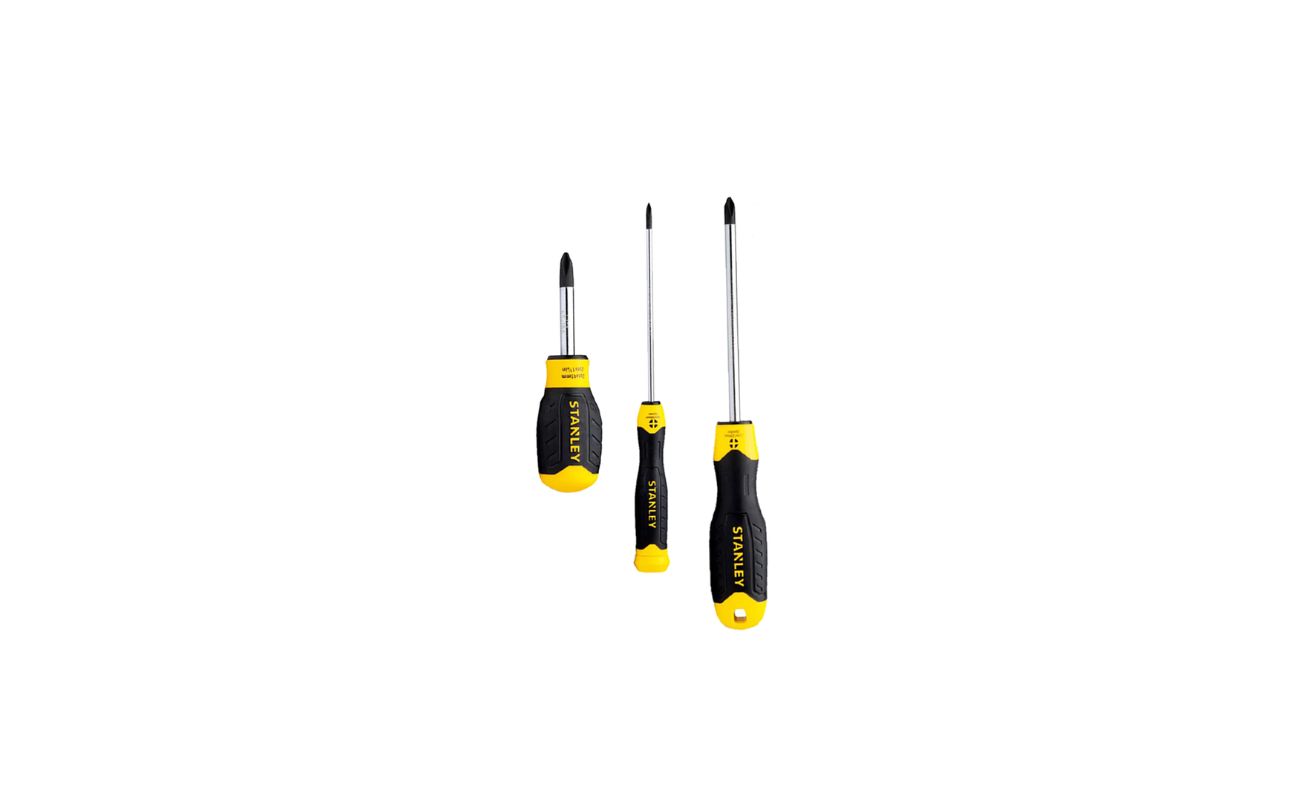
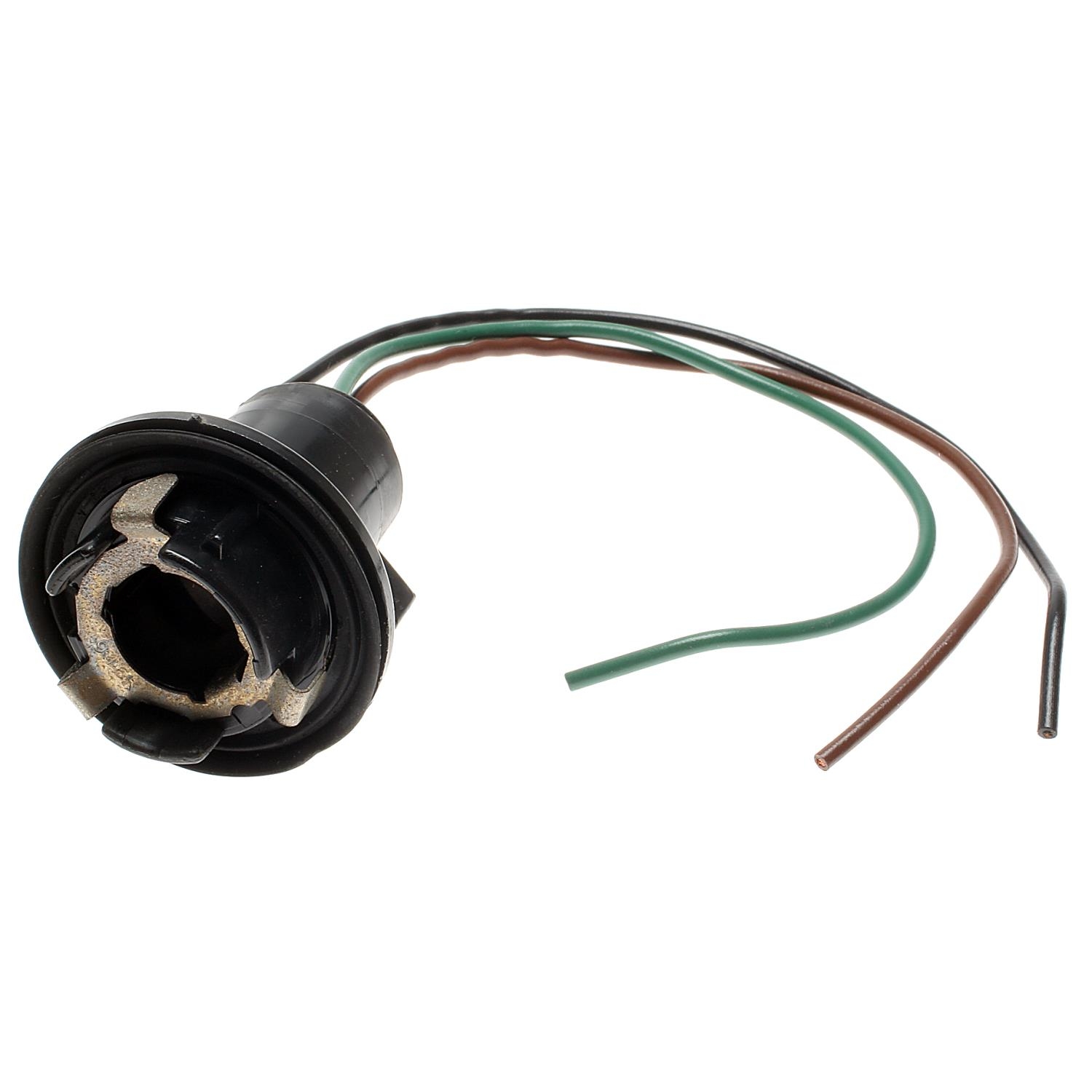



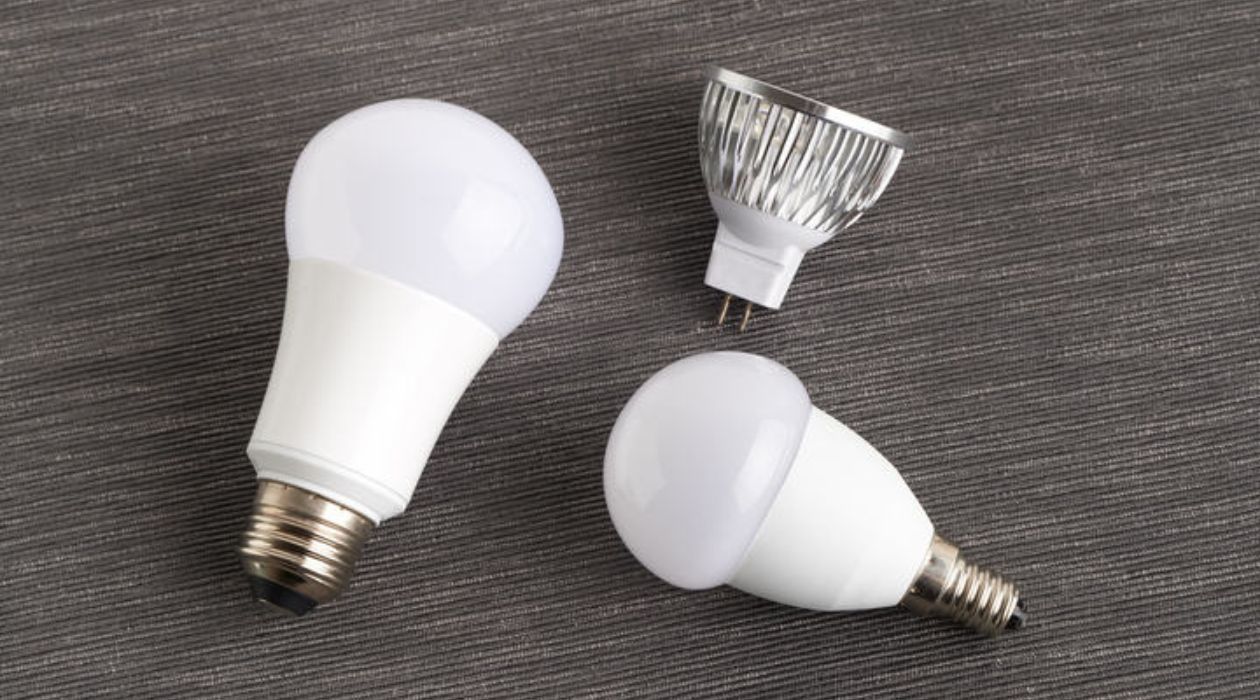

0 thoughts on “What Is The Standard Size Of A Recliner”